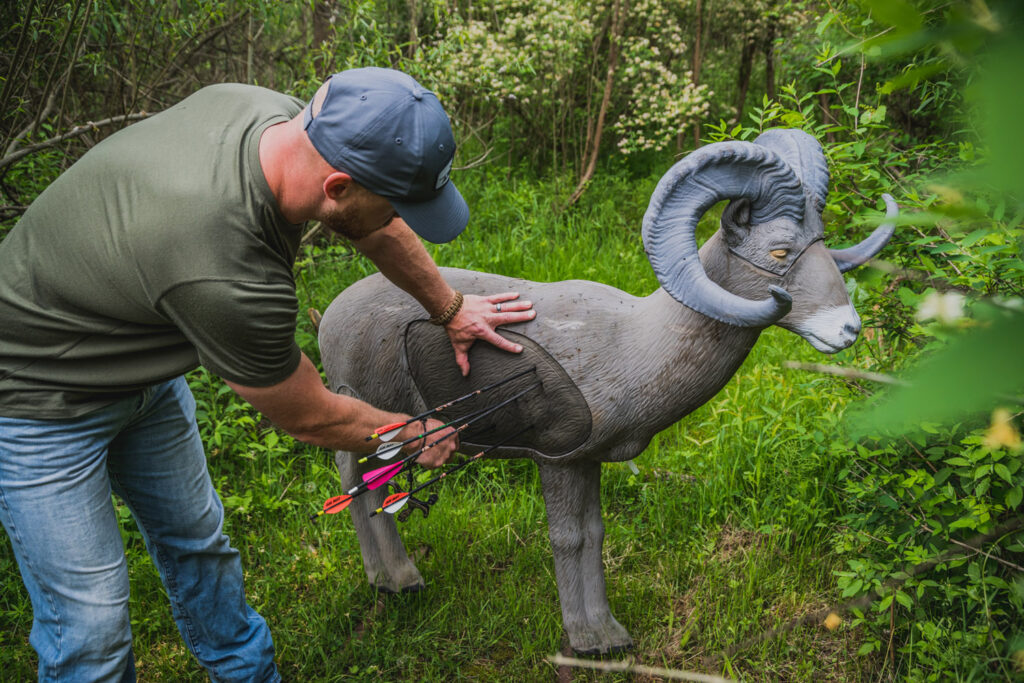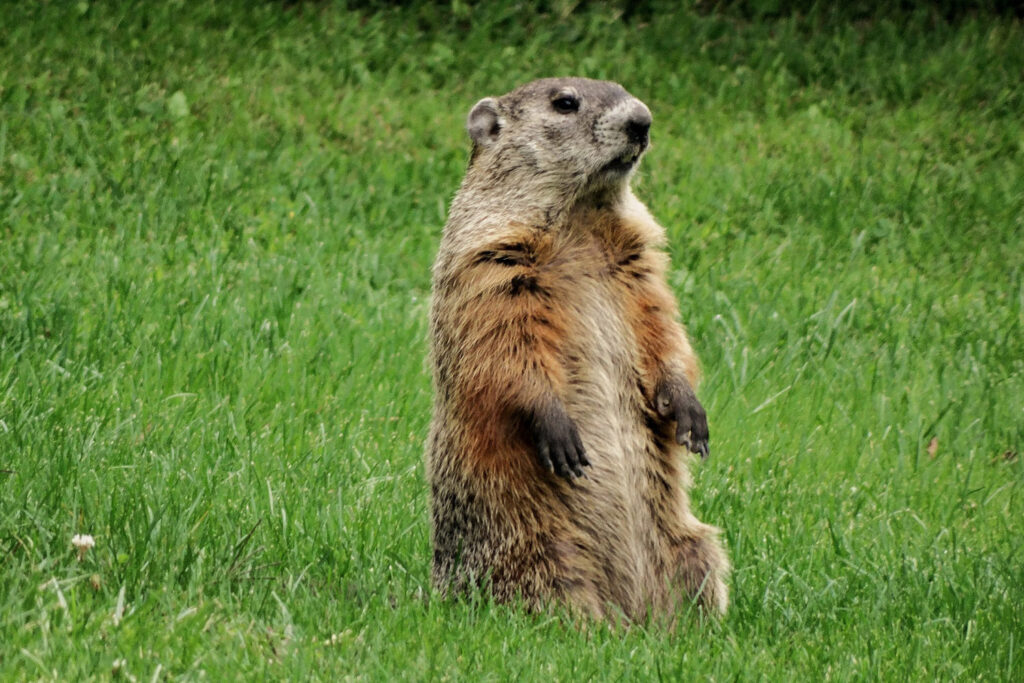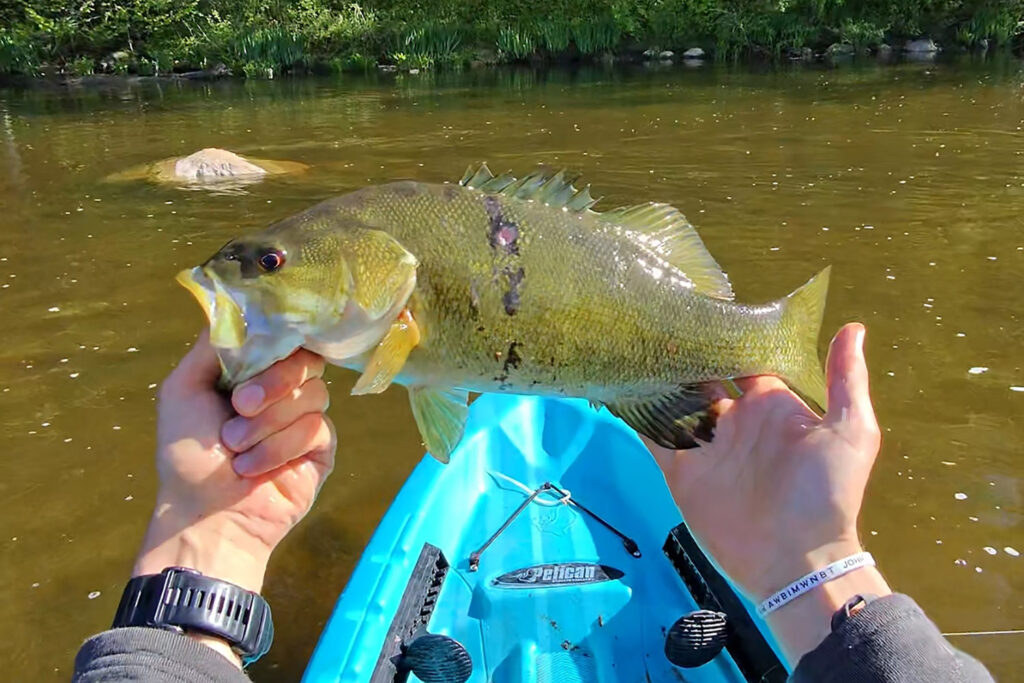My great-grandpa hated rabbits. His garden was extensive, covering more than an acre and providing the majority of the food he and my great-grandma consumed throughout the year. Growing, harvesting, canning, and freezing their own food helped them live well into their 90s.
For my great-grandpa, rabbits were competition. He put up guards, hung shiny objects, and had an electric fence line close to the ground, but much of the time, he lost the battle. One of his strategies was to hire his great-grandsons to shoot the rabbits. If memory serves, he paid $5 a piece, but he needed proof. He didn’t pay if you simply said you thought you hit one. A good story didn’t cut it; he needed a carcass.
What I didn’t realize at the time was that he was teaching me to hunt and instilling a lifelong passion for game. My first hunts were with his .22 rifle, when I was about 10 years old. It was a Remington rifle that shot both short and long bullets that were held in a sleeve under the barrel. My family still has this rifle and recently restored it to its original beauty.

With an oversize hat and hand-me-down clothes that didn’t keep me particularly warm in the cool mornings of the summer, I crept as quietly as I could around the garden. My heart was pumping, and my eyes darted in every direction, looking for any movement that suggested a garden-destroying rabbit within range. A fiver was great motivation for a 10-year-old. With enough success, I could purchase my own .22 rifle someday. Beyond that, I wanted to make my great-grandpa proud.
On my very first hunt, I saw a rabbit in the middle of one of the rows of the blueberry bushes. I could hear my heart pounding in my ears. I raised the .22, but did so too quickly and loudly, and the rabbit took off. I had ruined the hunt by rushing, an understandable mistake for a boy to make on one of his first solo hunts and a great lesson to learn.
This was a common story for many young Michigan hunters until fairly recently. Decades ago, most young hunters learned by hunting rabbits, squirrels, and game birds like pheasants. Lower-stakes hunting helped young boys and girls learn proper etiquette before going after something more difficult like deer.
It also helped young hunters better understand the responsibility we have as conservationists, the weight of making a life-or-death decision, and where our food actually comes from.
We have an overabundance of children who are completely screen-addicted and have little to no knowledge of conservation or why it’s important. This generation thinks food comes from neatly packaged containers at Meijer and that hunting an animal is somehow cruel or wrong compared with factory farming. Small-game hunting would remedy that quickly.
Another impact of fewer small-game hunters is that beavers, rabbits, and squirrels have all been recently added to Michigan’s nuisance kill list, meaning they can be legally trapped or hunted to mitigate property damage at any point during the year.
Simply put, we have too many small-game animals in our state because we’ve stopped hunting them. These animals need to be hunted to remain in balance with the rest of nature.
It’s time to bring back small-game hunting. For our state, for our children, and for the small game critters themselves.
Here’s one of my favorite recipes for smoked rabbit. Rabbit is lean and cooks quickly, so make sure not to overcook!
Smoked Rabbit
Ingredients:
1 whole rabbit, cleaned and patted dry
2 tbsp olive oil
Salt and pepper to taste
2 tsp garlic powder
2 tsp onion powder
1 tsp smoked paprika
Fresh or dried rosemary
Prepare the Rabbit:
Rub the rabbit with olive oil.
In a small bowl, mix salt, pepper, garlic powder, onion powder, and smoked paprika.
Season the rabbit thoroughly, rubbing the spices all over the surface. If using rosemary, sprinkle it lightly over the rabbit.
Prepare the Smoker:
Preheat your smoker to 225°F
Smoke the Rabbit:
Place the rabbit directly on the rack and smoke for about 2 to 3 hours, or until the internal temperature reaches 160°F and the meat is tender. If you don’t have a meat thermometer, check for doneness by making sure the meat pulls away easily from the bones.
Rest and Serve:
Remove the rabbit from the smoker and rest for 10 minutes before serving.
Serve however you like.
Tom Zandstra is a passionate outdoorsman and CEO of The Fair Chase. Follow him on X @TheFairChase1.



